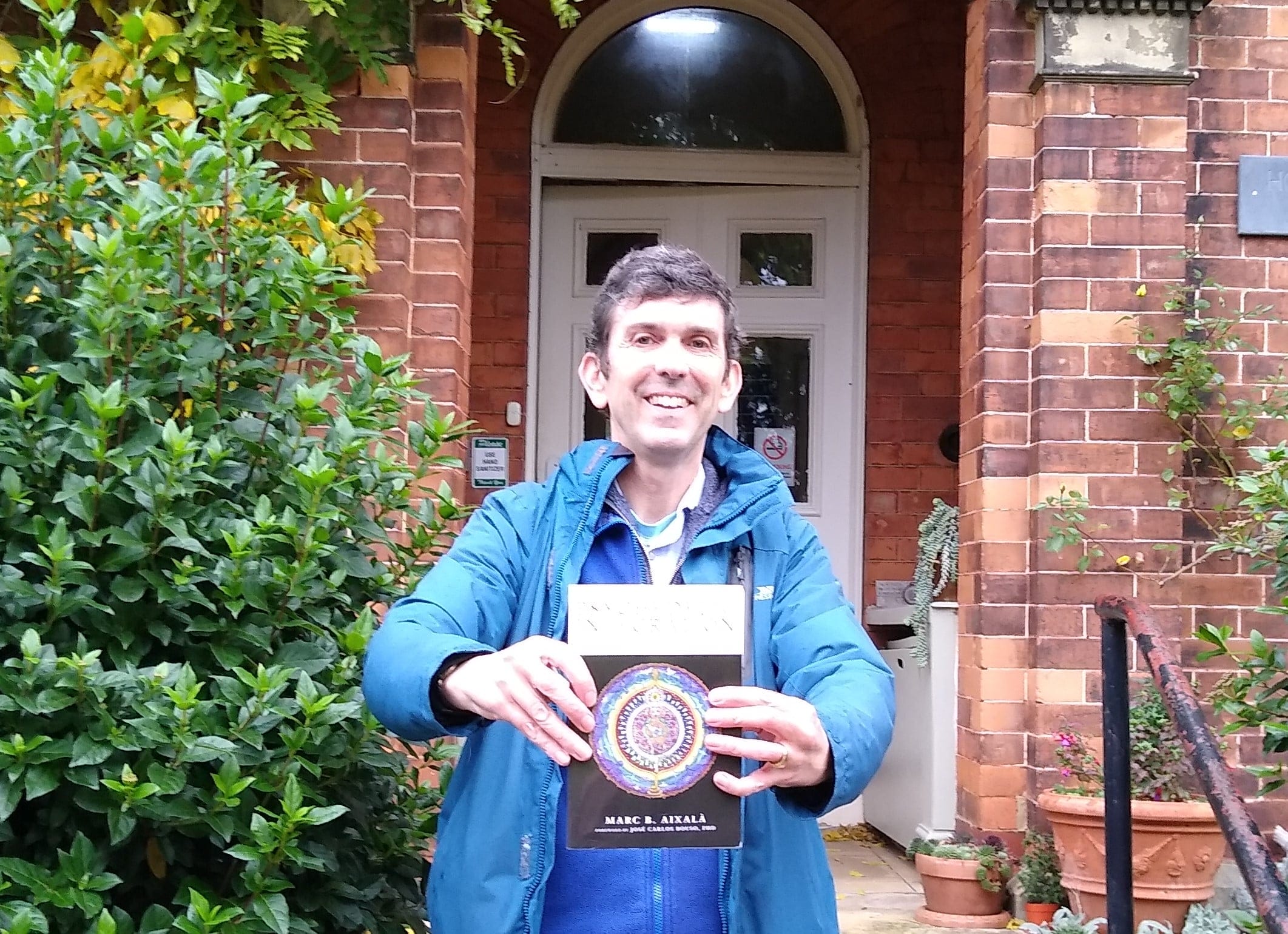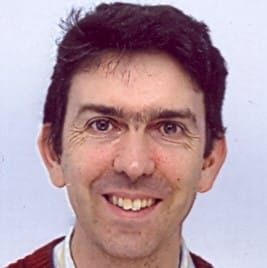I was both surprised and delighted when the editors of Psychedelic Integration: Psychotherapy for Non-Ordinary States of Consciousness by Marc Aixalà selected my mandala, ‘The Goose Boy’, to be on the cover of the book. It takes me right back to the place where I first met Marc over 10 years ago.
We were at Sant Feliu de Guixol in Spain, in a large hotel ballroom overlooking the ocean on all three sides. Half the room was breathing deeply with their eyes closed: turning their limbs this way and that, some chanting, some shaking, some laughing or crying. The other half were supporting them with completely focused, compassionate attention.
In this unique setting, we were collectively engaged in deep inner work at a Holotropic Breathwork residential training for facilitators. On many occasions, however, when I looked out across that room, I was reminded of accounts of the Greek mystery ceremonies where many multitudes would come together to commune collectively with the gods. There was something profoundly awe-inspiring and moving about the work that seemed both unique and centuries old at the same time.
The Story Behind the Cover
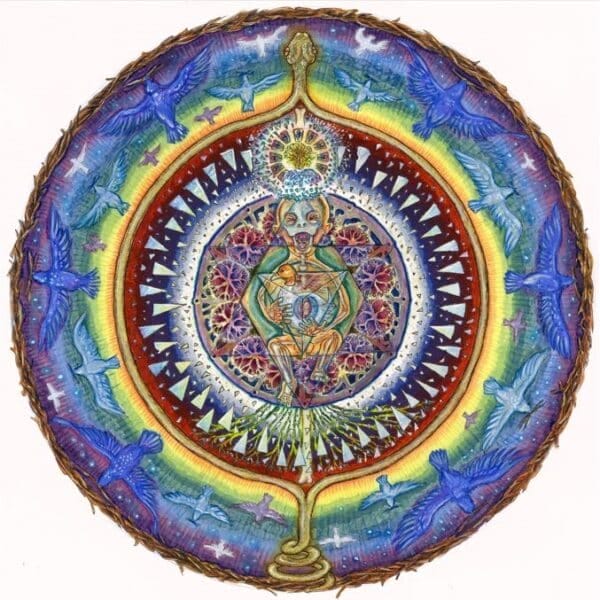
The Goose Boy
The mandala on the cover image of Psychedelic Integration is effectively a polaroid snapshot of my psyche during one of those heart-opening Holotropic Breathwork experiences. It’s one of several mandalas featured in the book which highlight moments from my own three-decade inner journey through non-ordinary states of consciousness.
In this particular image, I ‘dream’ that I experience myself as a child being born, poised on the edge of a moment between both life and death, where it feels like time stands still and the mirror of my own self-image is shattering.
I experienced similar emotions in my twenties when I mistakenly thought I was enlightened and traveled barefoot as a guru, but I’d never really come to terms with the context of them fully. In the breathwork, these biographical elements are interwoven with stories of my ancestors, my unborn twin, and the collective heritage of myths and folktales that we all share.
I find myself shrinking (image 1) until I am tiny, barely large enough to fit in the stomach of a goose.
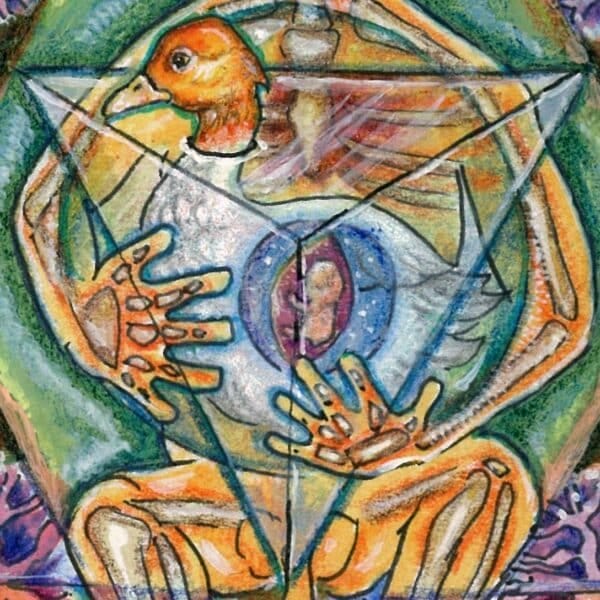
Image 1
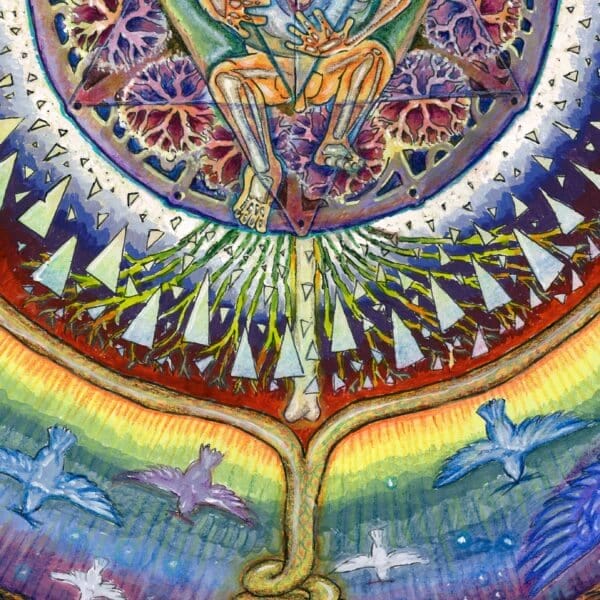
Image 2
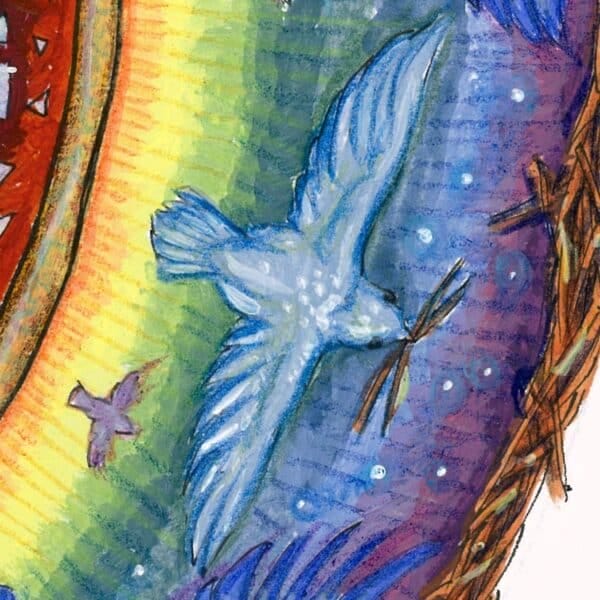
Image 3
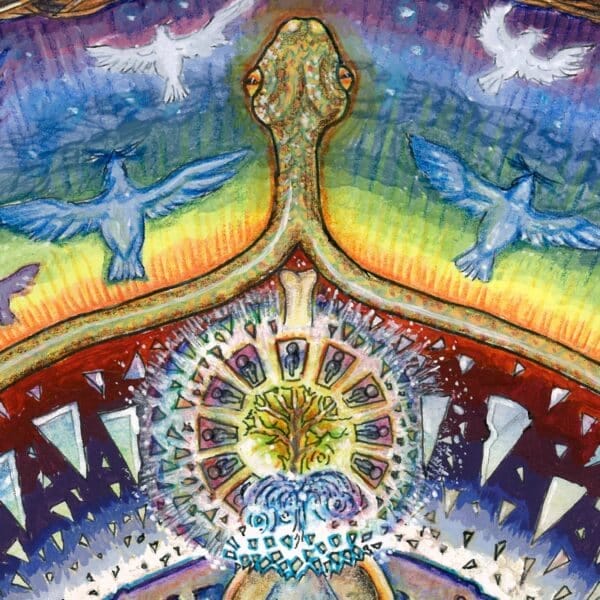
Image 4
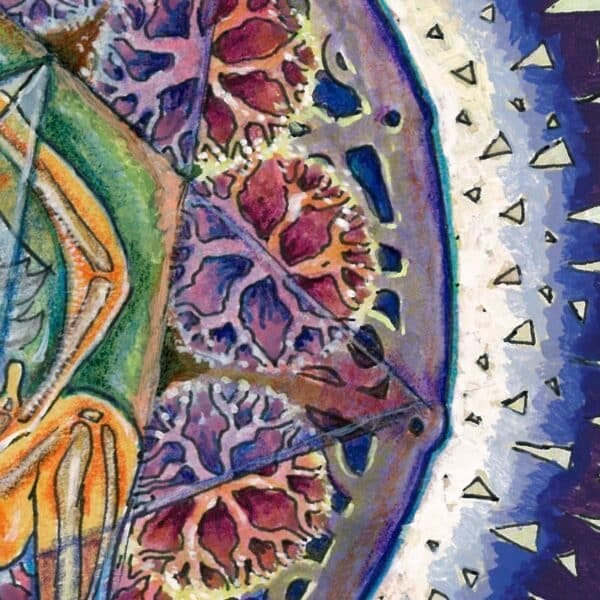
Image 5
In this protected place, I am called to be a witness to the felling of the Great World Tree, whose roots extend out beyond the other side of the planet like a pot-bound seedling (2). Each person in the room is a cutting from the main trunk (3), becoming their own tree. The branches make logs on the fire for storytellers’ gatherings, and the birds of the air take twigs to the four corners of the world to make nests for their own offspring (4).
In parallel, the whole drama takes place inside the womb-like belly of a snake (5). Some snakes are able to open their jaws extra wide to swallow wild animals whole in a series of hungry gulps, like a time-reversed birth sequence. It can then take them many months to digest what they have absorbed into themselves in the course of an hour or so.
Expanding the Circle
These are all wonderful metaphors for the process of integrating experiences in expanded states of consciousness, of course, both in oneself and in the wider culture. It takes me many months, sometimes years, to compose and create a mandala like this, making sure that I have exactly the right images, arranged in the right relationship with each other. I treat the process of making mandala images as a kind of sacred practice, honoring their wild nature and psychic ambiguity to the best of my ability. The aim is to capture a moment where multiple stories intersect in a way that might otherwise be almost impossible to put into words.
Professionally, I work as a senior support worker with a mental health homeless team, putting my own experience of having been barefoot on the streets of many of the UK’s inner cities to good use. Remembering what it felt like to be existentially adrift as a young man, overwhelmed by experiences that were sometimes too large or difficult to communicate to other people, is absolutely key to this work. Without him, I would neither be me nor capable of supporting others to be themselves either.
And that is kind of what this book is about too. For all these reasons, I’m proud to be a small part of it and to feel that I can contribute to the ever-expanding community of practitioners working with non-ordinary states of consciousness by sharing a little of what I have learned and experienced.
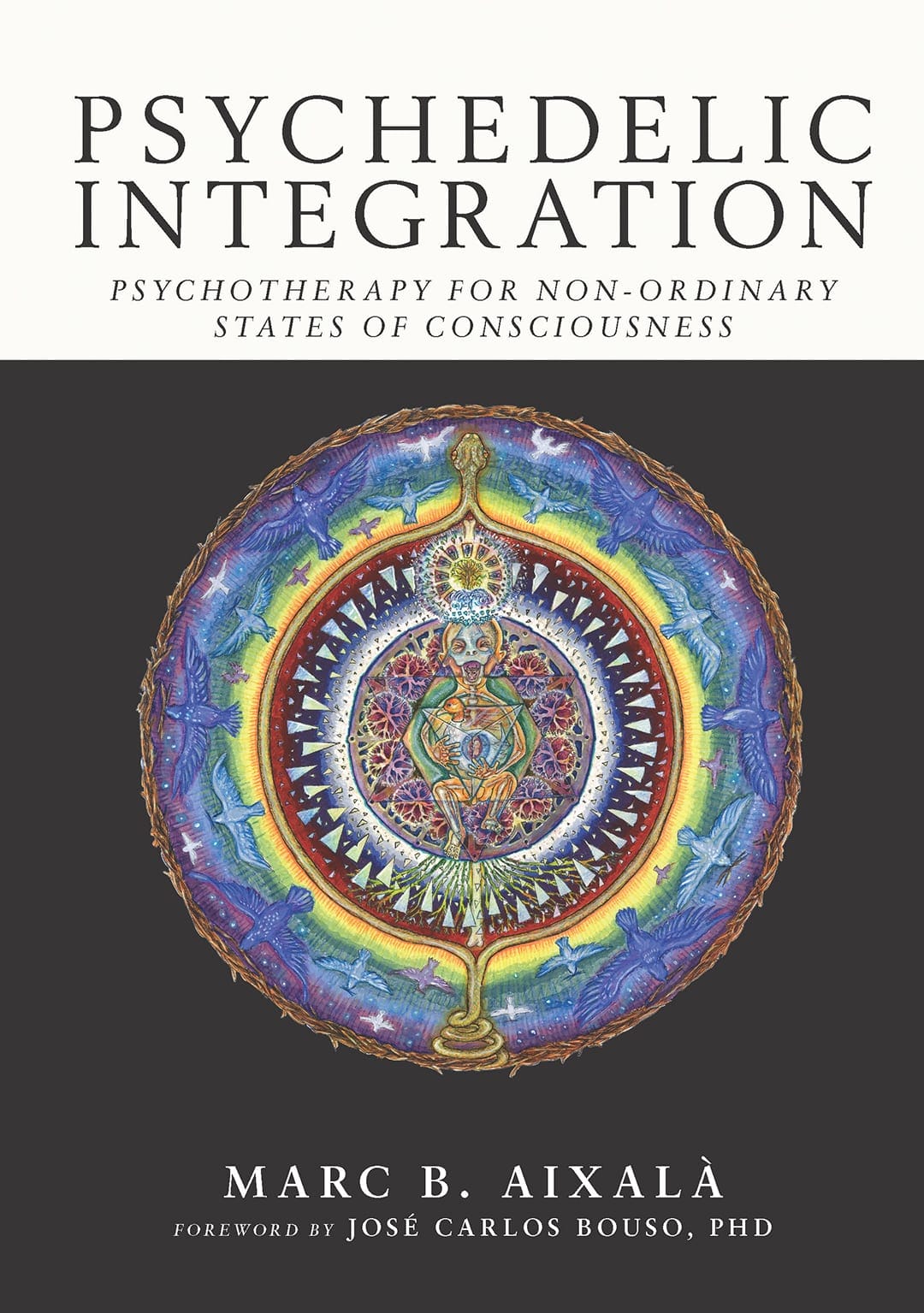
When psychologist and psychotherapist Marc B. Aixalá began fielding questions from people around the world seeking help integrating their own psychedelic experiences, he couldn’t find a singular source of collected research and support. What began as an attempt to help others became Psychedelic Integration, a work that traces the evolution of psychedelic-assisted therapy and integration research from the 1960s to the present moment, explains therapeutic techniques and outlines a clinician’s real-world observations on the deep work of healing.
